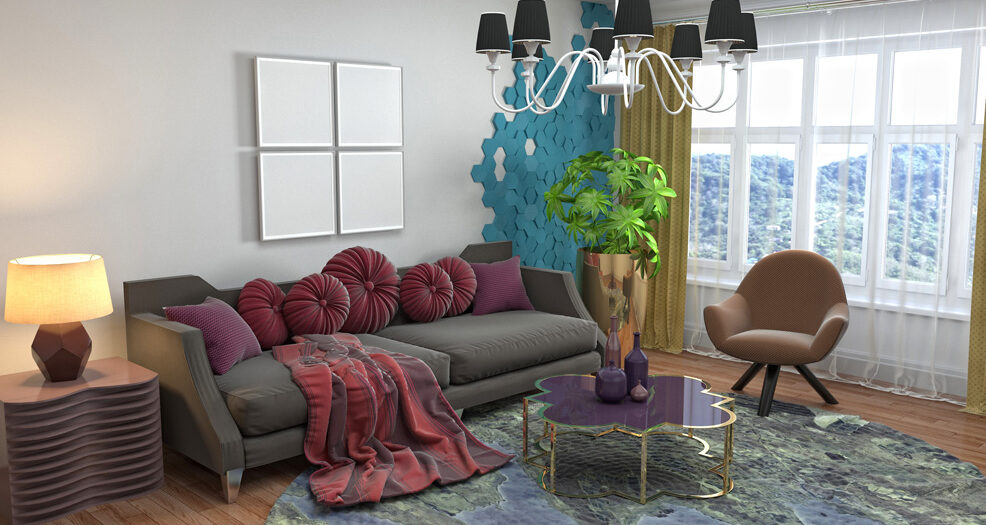Carpet weaving techniques and traditional handicrafts have been an important part of human history for centuries and are considered a valuable heritage in many cultures. Carpet weaving is a skill that requires expertise and patience, and it is not only considered an art form but also an important social activity and source of income for many cultures. Traditional carpet weaving techniques encompass a combination of methods and skills used to produce handwoven carpets in many different cultures.
Traditional carpet weaving techniques are carried out using hand looms and are typically made using local materials. These techniques allow for the creation of handwoven carpets using a variety of patterns, motifs, and colors. Carpet weaving is often considered a women’s craft and serves as a significant source of income supporting women’s economic independence in many cultures.
Traditional carpet weaving techniques have largely remained unchanged from the past to the present, but in modern times, these techniques are being reinterpreted by combining them with modern design sensibilities and technological advancements. Many designers adapt traditional carpet weaving techniques to modern styles, creating unique and contemporary carpets. This preserves the cultural heritage of traditional handicrafts while also producing innovative products that meet the aesthetic and functional needs of today.
Modern carpet designs often combine traditional motifs with modern color palettes and minimalist styles. These designs make traditional carpets suitable for modern interiors while still reflecting the cultural heritage of the past. Additionally, technological advancements have made the carpet weaving process more efficient and enabled the production of more complex patterns and textures. Computer-aided design (CAD) and digital printing technologies provide carpet designers with more creativity and flexibility, allowing for the creation of unique and original designs.
These modern interpretations preserve the importance of traditional carpet weaving techniques while also offering new and innovative ways to carry this art form into the future. Traditional carpet weaving is not only an art form but also a valuable cultural heritage, and modern interpretations allow this heritage to thrive and evolve.
In conclusion, carpet weaving techniques and traditional handicrafts constitute an important part of cultural heritage and are being revitalized with modern interpretations. This innovative approach preserves traditional arts while combining them with contemporary design trends to produce unique and original products. The future of traditional handicrafts lies in preserving the heritage of the past while addressing modern needs with innovative approaches.






